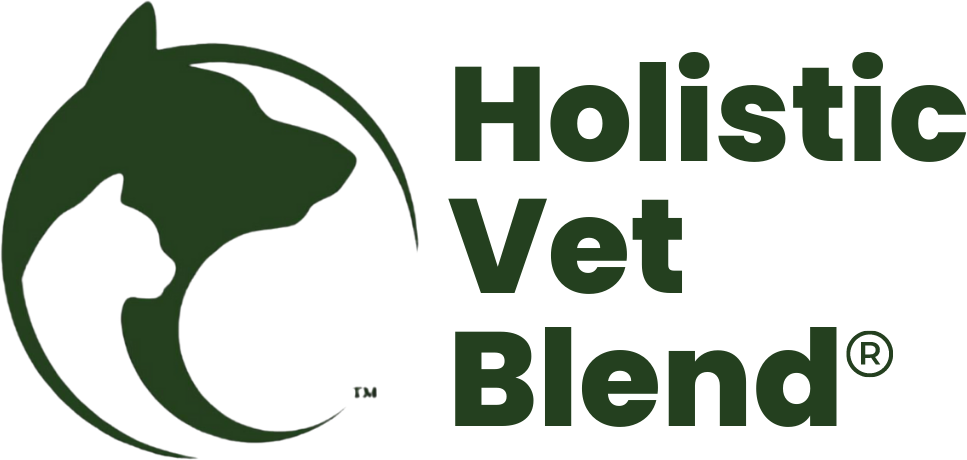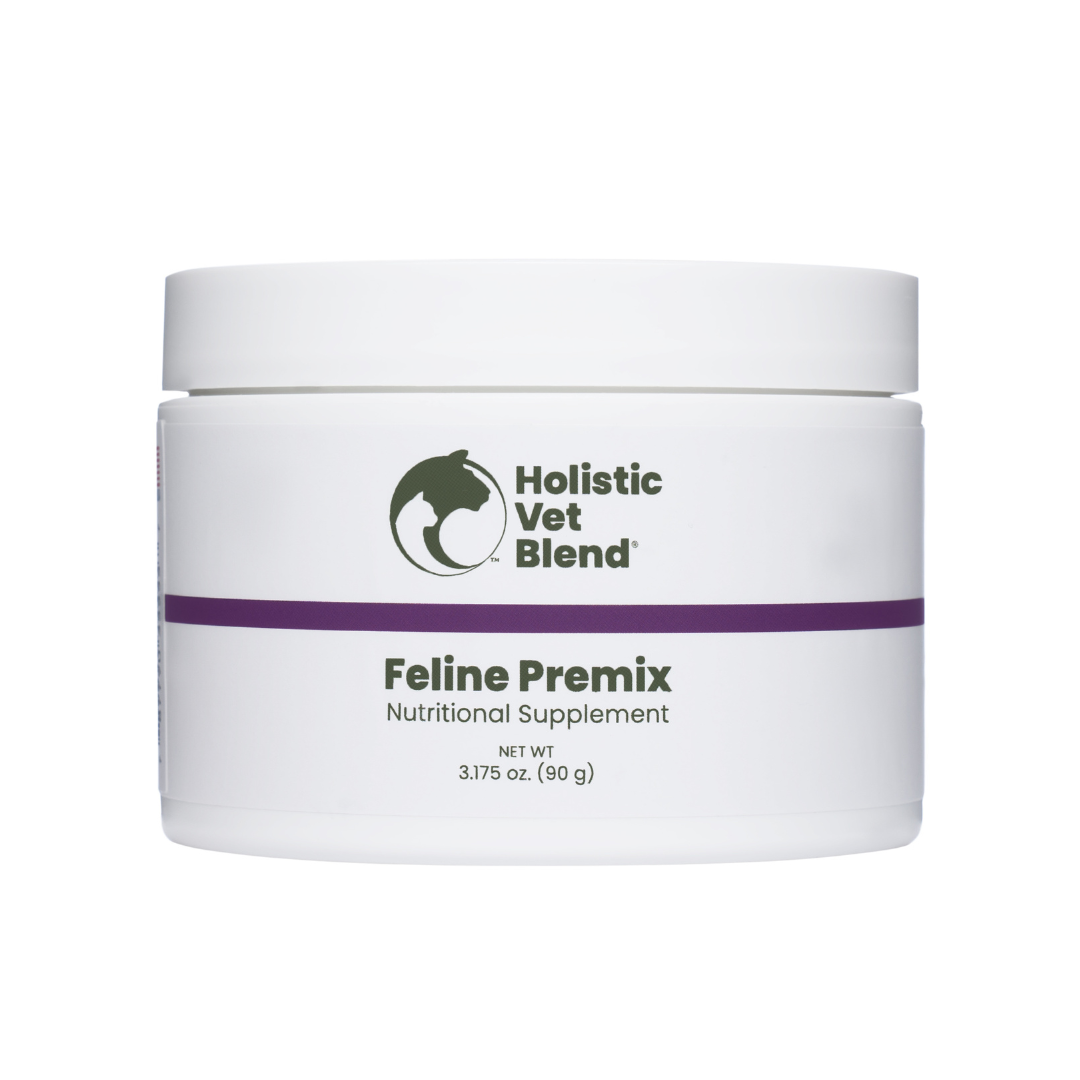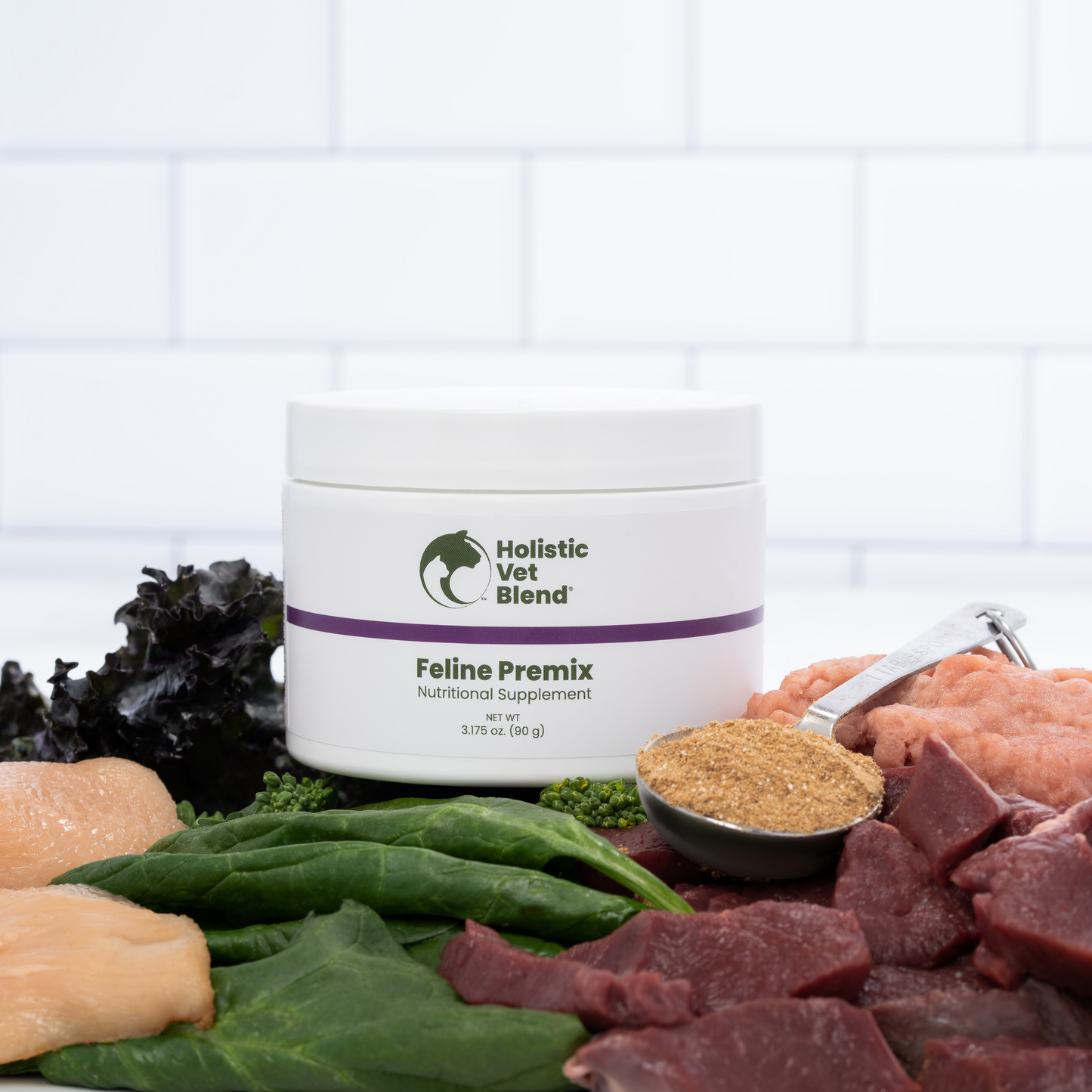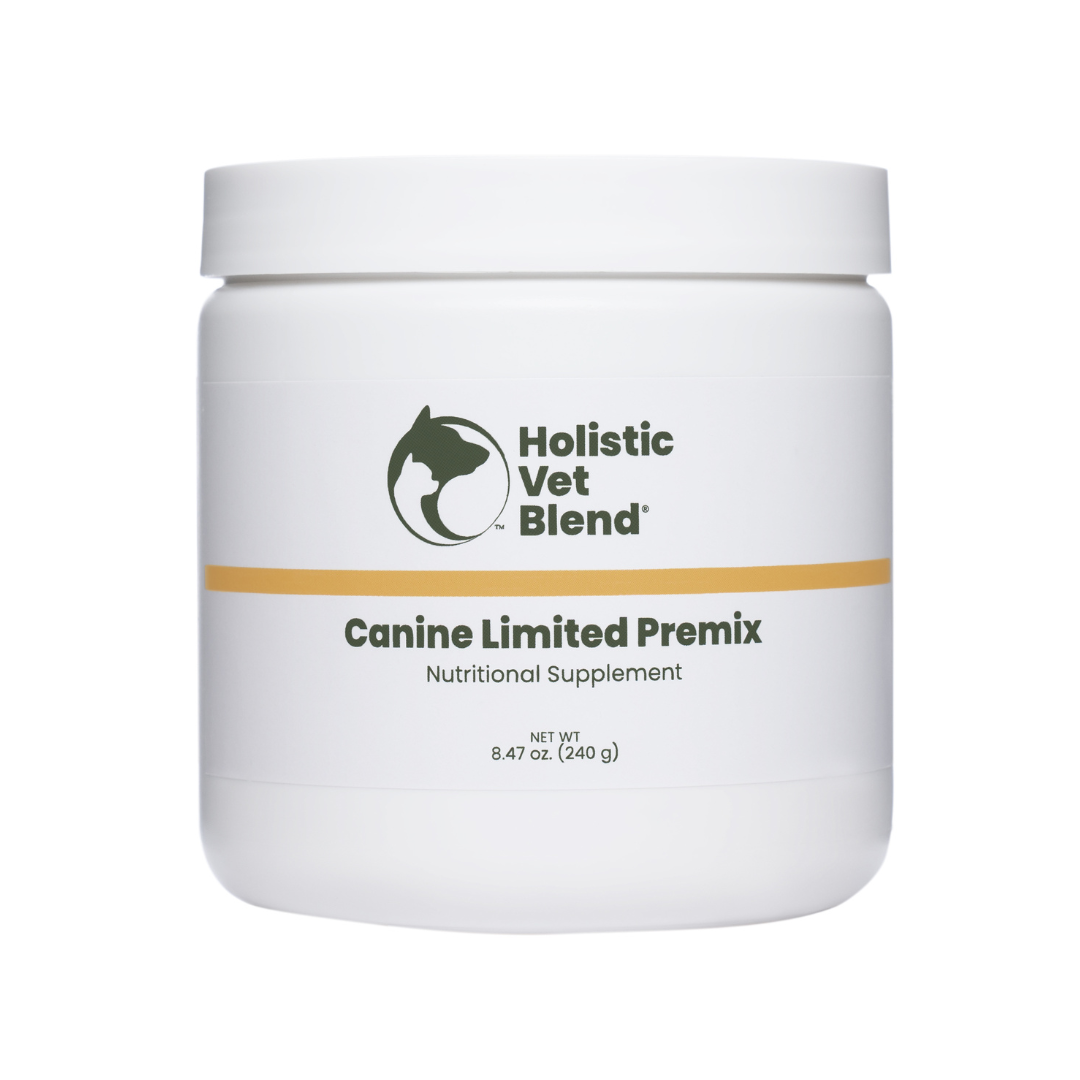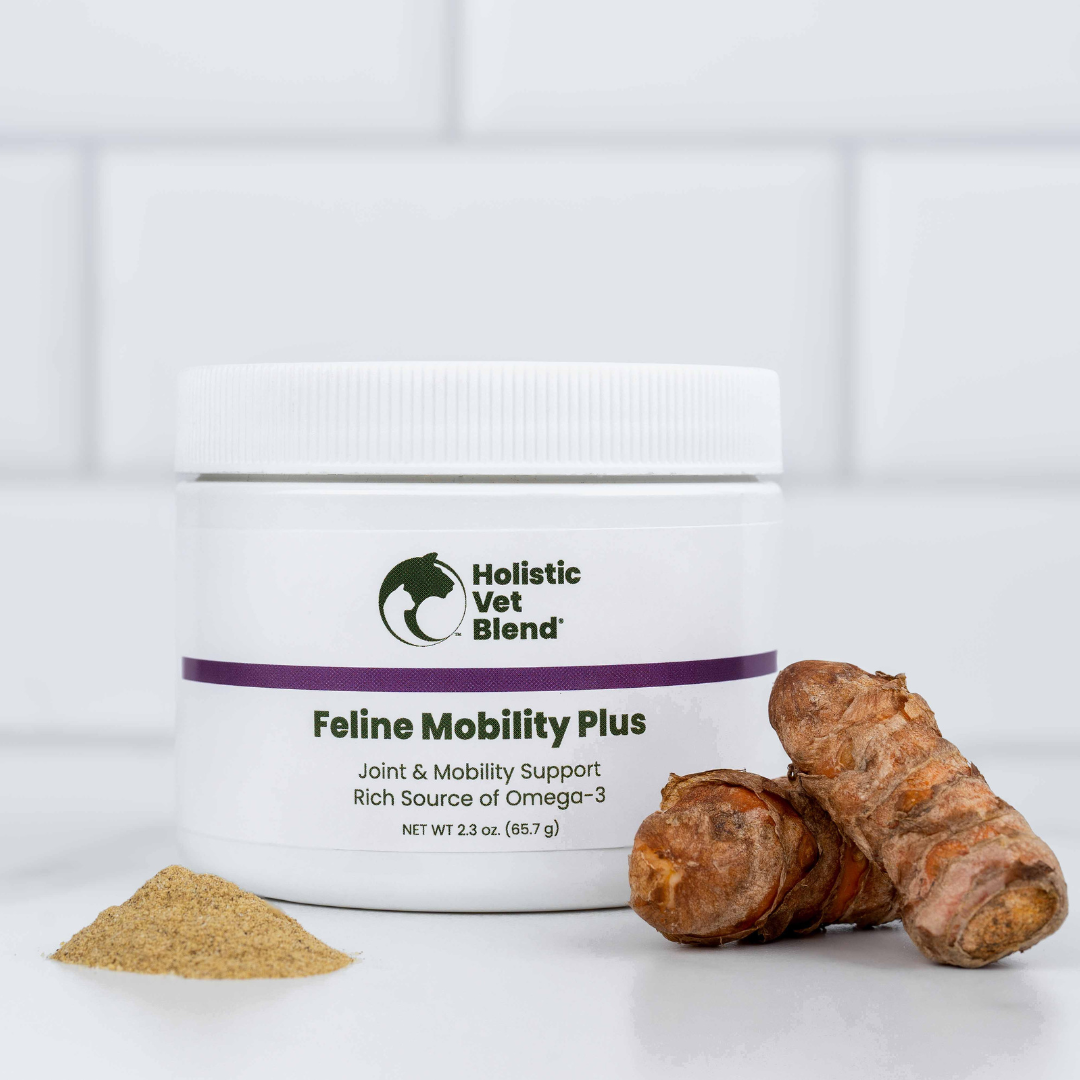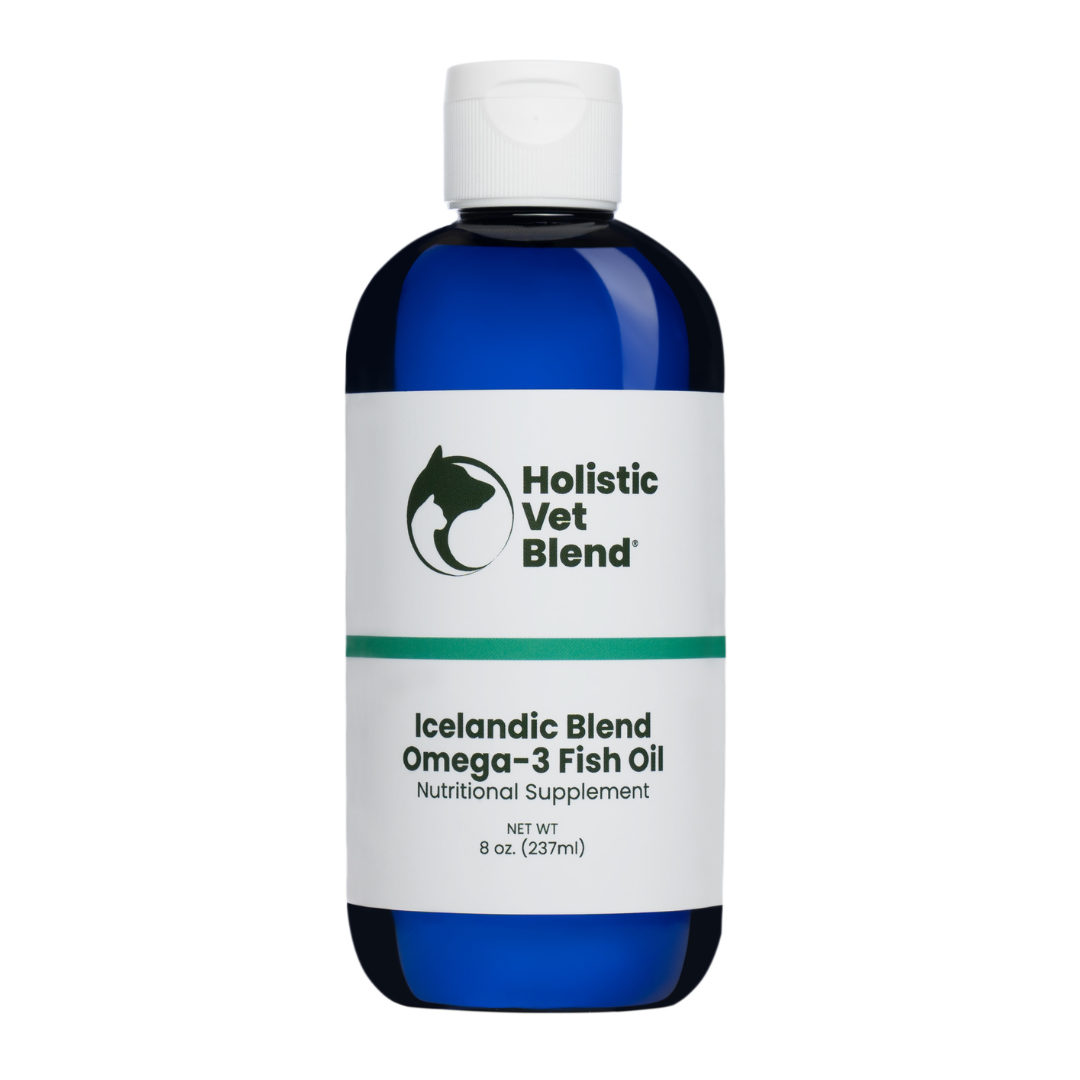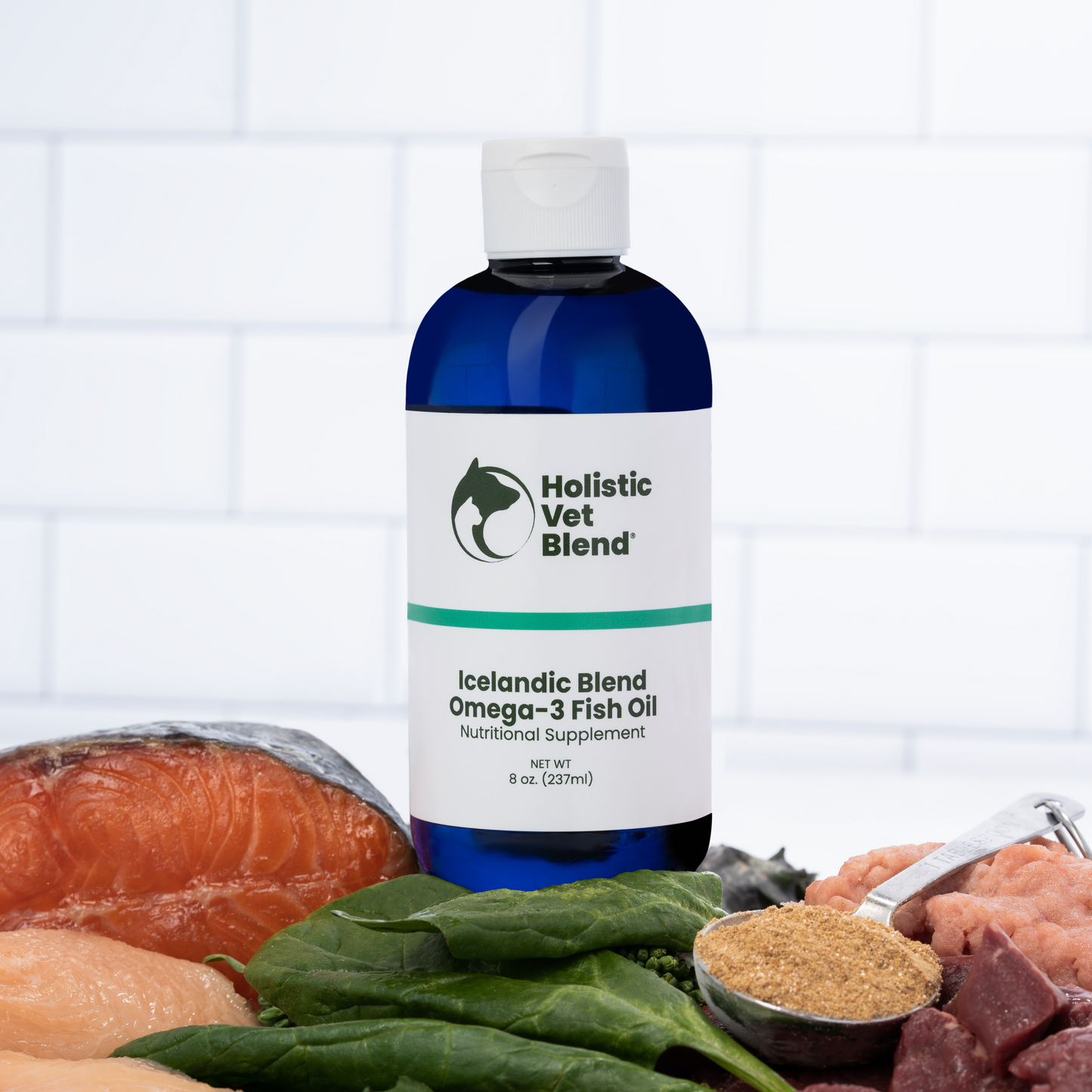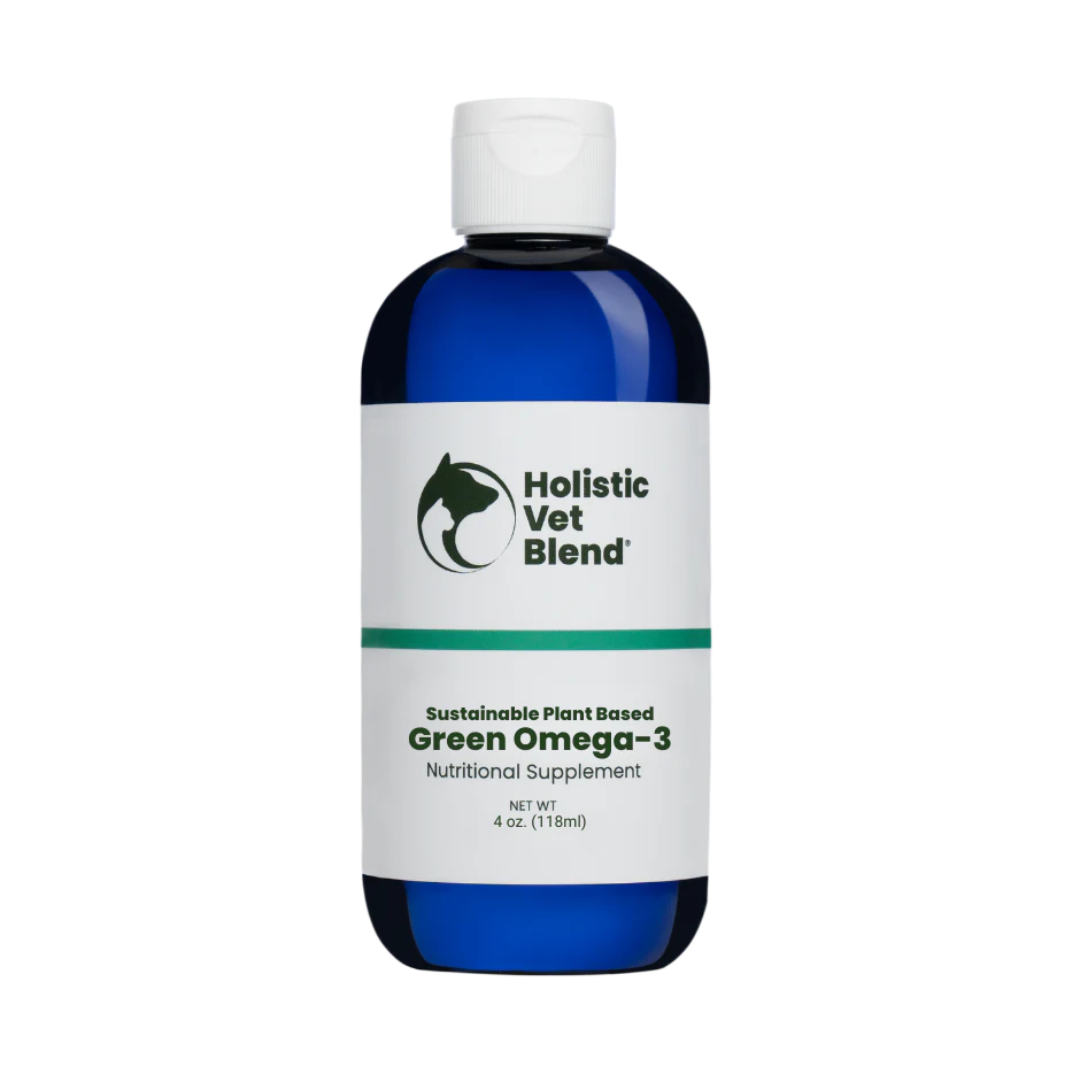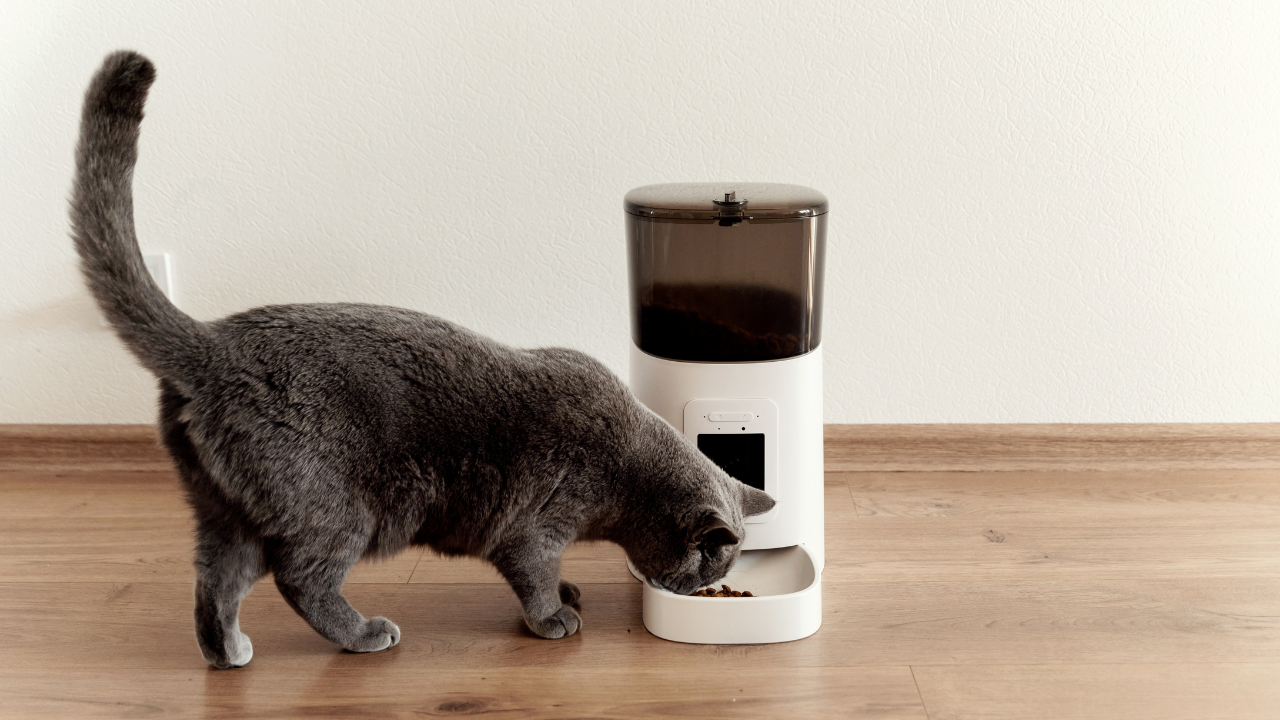
Key Highlights
- According to a 2021 survey, 61% of cats are overweight or obese (1). Clearly, we are overfeeding them.
- Free feeding, especially dry food, can contribute to health issues such as obesity, diabetes, urinary tract issues, and kidney disease.
- Cats are carnivores, and their digestive systems are designed for 2-3 small meals a day, not continuous grazing.
- Dry kibble lacks the moisture that cats need to stay hydrated, leading to chronic dehydration and potential kidney problems.
- Gradually transitioning from free feeding to structured meal times is ideal for health.
Introduction
As a cat owner, you may have encountered the term "free feeding"—the practice of leaving food out for grazing throughout the day. It may seem convenient and natural to allow your feline friend to eat whenever they please, but this feeding method can have detrimental effects on their overall health and well-being. In this blog, we will explore the reasons why you shouldn't free feed and the potential health issues that can arise from this practice.
Cats are carnivorous hunters by nature, with their digestive systems designed to eat several small meals a day. Kibble is designed for convenience and can be left out all day, but it has too many carbohydrates, which leads to blood sugar issues, metabolic issues, and obesity. One internist once said a cat over 8 that is free-fed generally becomes obese and is highly likely to head towards diabetes (actually, she referred to it as a "prescription for diabetes").
Understanding Free Feeding and Its Popularity
Free feeding, also known as grazing, refers to the practice of leaving food out for your cat to eat throughout the day whenever they feel like it. This is often done with dry cat food, as it can be left out without spoiling. Many cat owners choose this feeding method for its convenience and the belief that cats will self-regulate their food intake. However, this practice has gained popularity without considering the specific nutritional needs and feeding behaviors of cats.
Should I Free Feed My Cat?

Free feeding involves providing your cat with a constant supply of food, usually dry kibble, throughout the day. Instead of structured meal times, the food is left out in a bowl or feeder, allowing the cat to eat whenever it pleases. The amount of food available is not controlled, and the cat can eat as much or as little as it desires.
While this may seem like a convenient way to ensure your cat never goes hungry, it goes against their natural instincts and feeding behaviors. Cats are carnivorous hunters, and their bodies are designed to eat small, protein-rich, 85% water, frequent meals. Free feeding disrupts this natural feeding pattern and leads to chronic dehydration, urinary tract issues, obesity, blood sugar issues, and a host of health issues. I would argue that virtually every disease that a cat gets is influenced heavily by their nutrition. I tell new kitten owners, "Never a kibble shall cross their lips." Following this, along with not over-vaccinating, will keep you away from the veterinarian outside of regular health checks.
What are some common Misconceptions About Free Feeding
There are several common misconceptions about free feeding that contribute to its popularity. One misconception is that cats will self-regulate their food intake and not overeat. Eating carbohydrates leads to insulin surges which sends sugar into the cells and sends them back for more. Think how eating protein in the morning will give you more time before you feel hungry, but a carbohydrate bagel will likely have you wanting lunch sooner rather than later.
Another misconception is that free feeding promotes a healthy weight and prevents food aggression. In reality, free feeding can lead to overeating, weight gain, and aggression towards others in multi-cat households. It also makes it difficult to monitor each cat's food intake and address any individual dietary needs.
The Drawbacks of Free Feeding Your Cat
While free feeding may seem convenient, it can have serious drawbacks for your cat's health and well-being. Continuous access to food can lead to a variety of health issues, including obesity, diabetes, urinary tract issues, and kidney disease. Cats that are free fed are at a higher risk of becoming overweight or obese, as they can consume more calories than they need. This excess weight puts strain on their joints and organs, leading to a decreased quality of life and potential health complications.
High Carbohydrate Content in Kibble
One of the main drawbacks of free-feeding dry kibble is its high carbohydrate content. Most dry pet foods contain large amounts of highly processed carbohydrates, which provide little nutritional benefit to cats. Cats are obligate carnivores, meaning their bodies are designed to primarily derive nutrition from animal protein.
In addition, dry kibble lacks the moisture content that cats need to stay hydrated. Cats have a low thirst drive and naturally obtain most of their hydration from their prey in the wild. Feeding them dry food all day can lead to chronic dehydration, which can have serious consequences for their kidney health.
Risk of Obesity and Related Health Issues

Obesity is a major concern, and free feeding can significantly contribute to weight gain and related health issues. With continuous access to food, cats are more likely to overeat and consume more calories than they need. The excess weight puts strain on their joints, increases the risk of developing diabetes, and can lead to other health complications.
The health issues associated with obesity are numerous. It can lead to a decreased quality of life, decreased mobility, and an increased risk of developing heart disease, respiratory issues, and joint problems. Obesity also reduces cats' lifespans, shortening the time we have to share with our beloved feline companions.
Metabolic Syndrome and Diabetes
Metabolic syndrome and diabetes are serious health conditions that can result from free feeding and obesity. Metabolic syndrome is a cluster of health issues, including obesity, insulin resistance, high blood pressure, and abnormal blood lipid levels. These conditions increase the risk of developing diabetes.
When cats consume a high-carbohydrate diet and are constantly free fed, their blood sugar levels fluctuate throughout the day. This constant cycle of high blood sugar followed by crashes puts stress on the pancreas and can lead to insulin resistance. Over time, the pancreas may become unable to produce enough insulin, resulting in diabetes. Controlling the cat's food intake and providing a balanced, species-appropriate diet can help prevent metabolic syndrome and diabetes.
Chronic Dehydration and Kidney Problems
One of the most significant issues with free feeding dry food is chronic dehydration. Cats have a low thirst drive and obtain most of their hydration from their prey in the wild. When fed dry kibble all day, they do not consume enough moisture to meet their daily hydration needs. This can lead to chronic dehydration, which puts stress on the kidneys and can contribute to the development of kidney disease.
The lack of moisture in dry food also leads to concentrated urine, increasing the risk of urinary tract issues such as infections and bladder stones. Feeding a wet or raw food diet helps maintain proper hydration and reduces the risk of kidney problems and urinary tract issues.
Nutritional Needs of Cats
Cats have specific nutritional needs that vary depending on their life stage. For example, Kittens require a calorie intake to support their rapid growth and development. Adults need a balanced diet that includes high-quality protein, essential fatty acids, and vitamins and minerals. Senior cats may benefit from diets that support their joint health and help maintain a healthy weight.
Feeding cats a species-appropriate diet that meets their nutritional needs is essential for their overall health and well-being. Providing a variety of protein sources, such as poultry, fish, and red meat, can help ensure they receive all the necessary nutrients for optimal health.
Benefits of Moist or Homemade Food
Feeding moist or homemade food comes with several benefits that can contribute to their overall health and well-being. Here are some key advantages of incorporating moist or homemade food into your cat's diet:
- Moisture: Wet food, with its higher moisture content, helps to keep your cat hydrated and prevents the risk of dehydration.
- Nutritional Benefits: Moist or homemade food provides a more balanced and complete diet. It contains a higher proportion of animal-based proteins, which are essential for feline nutrition. Additionally, it is often free from preservatives, fillers, and artificial additives that can be found in dry kibble.
- Digestibility: Wet food is easier for cats to digest than dry kibble. It helps prevent gastrointestinal issues such as constipation and improves nutrient absorption.
- Weight Management: Moist or homemade food can be beneficial for weight management. It helps to control portion sizes and prevent overeating, reducing the risk of obesity.
- Palatability: Our feline friends have selective taste preferences. Moist or homemade food often has a stronger aroma and flavor, making it more appealing to picky eaters.
Moist or homemade food provides necessary hydration, essential nutrients, and a more balanced and digestible meal, promoting their overall health and longevity.
Implementing a Feeding Schedule
Implementing a feeding schedule for your cat is crucial to ensure they receive the right amount of food and prevent overeating. Here are some key points to consider when implementing a feeding schedule:
- Meal Times: Establish set meal times for your cat, typically 2-3 times a day. This helps regulate their eating habits and prevents constant grazing.
- Right Amount of Food: Consult with your veterinarian to determine the appropriate portion size for your cat based on their age, weight, and activity level. Avoid overfeeding as it can lead to weight gain and associated health issues.
- Meal Feeding: Divide the recommended daily portion into separate meals throughout the day. This allows your cat to eat and digest their food properly, promoting better overall digestion.
- Consistency: Stick to the feeding schedule as much as possible to establish a routine for your cat. Avoid free feeding or providing food outside of the scheduled meal times.
By implementing a feeding schedule, you can ensure that your cat receives the right amount of food at appropriate times, promoting their overall health and well-being.
Determining the Right Amount to Feed
Determining the right amount of food to feed your cat is essential for maintaining their body weight and overall health. Here are some factors to consider when determining the right amount to feed:
- Body Weight: Ideal body weight varies based on their age, activity level and Body Condition Score (BCS). Consult with your veterinarian to determine your cats BCS or refer to the image below.
- Healthy Weight: Aim to feed your cat the amount of food that helps them maintain a healthy weight. Overfeeding can lead to obesity, while underfeeding can result in malnutrition.
- Activity Level: When determining how much to feed, consider its activity level. Most indoor cats are sedentary. Those that live outdoors and hunt may require slightly larger portions to meet their energy needs.
- Monitor Regularly: Monitor your cat's weight and body condition regularly. Adjust their food portion accordingly if you notice significant weight loss or gain.
Source: https://wsava.org/wp-content/uploads/2020/01/SOP-for-use-of-the-WSAVA-GNC-Toolkits-and-Guidelines-v4.pdf
Suggested Feeding Times and Portions
Since a mouse is about 35 calories a cat would have to expend a lot of energy hunting to eat at least 8-10 mice to meet their energy requirements. But our cats are not hunting and if they are indoors they are pretty sedentary, so they only need around 200 calories per day. Every cat is different as well as every household's schedule and this amount can vary by as much as 50%.
|
Feeding Time |
Recommended Portion |
|
Morning |
1/2-2/3 of food |
|
Dinner |
1/4 of food-1/3 of food 2nd meal |
|
Third Meal for Very Active Cats |
1/4 of food if fourth meal. Be sure to take treat calories into account. |
Note: The recommended portion size may vary based on your age, weight, and activity level. Consult with your veterinarian for precise recommendations tailored to your cat's needs.
By following a set feeding schedule and providing appropriate portion sizes, you can ensure that your cat receives the right amount of food throughout the day, promoting their overall health and well-being.
Addressing the Obesity Epidemic
Obesity has become increasingly prevalent, leading to various health issues and a shorter lifespan. Addressing this obesity epidemic is crucial for the well-being of our feline companions. Here are some key points to consider:
- Pet Obesity Prevention: Implementing a controlled feeding regimen and monitoring your cat's weight is essential in preventing obesity.
- Weight Loss: If your cat is already overweight, consult with your veterinarian to create a safe and effective weight loss plan. This may involve adjusting its diet and portion sizes and encouraging regular exercise.
The Link Between Kibble and Obesity
There is a strong link between feeding cats kibble and the development of obesity. Here's how kibble can contribute to obesity in cats:
- High Carbohydrate Content: Most dry kibble contains high levels of processed carbohydrates, which provide empty calories and lack nutritional benefits for cats. These carbohydrates quickly convert into sugar, leading to spikes in blood sugar levels.
- Overeating: Cats tend to overeat when free-fed kibble due to its palatability and easy accessibility. This constant graze feeding can lead to excessive calorie intake and weight gain over time.
- Body Condition: The high carbohydrate content in kibble can contribute to weight gain and an unhealthy body condition in cats. Obesity increases the risk of various health issues, including diabetes, joint problems, and heart disease.
By understanding the link between kibble and obesity, cat owners can make informed decisions about their cat's diet and choose alternatives that promote a healthier body condition.
Strategies for Weight Management
Weight management is essential for overall health and well-being. Here are some strategies for weight management:
- Feeding Plan: Consult with your veterinarian to create a feeding plan tailored to your cat's specific needs. This may involve portion control, meal feeding, and incorporating a diet change.
- Regular Exercise: Encourage regular exercise and playtime to help your cat burn calories and maintain a healthy weight. Interactive toys and climbing structures can provide mental stimulation and physical activity.
- Monitor Progress: Regularly monitor your cat's weight and body condition. Adjust their feeding plan and exercise routine accordingly to achieve and maintain a healthy weight.
By implementing effective weight management strategies, cat owners can help their feline companions achieve and maintain a healthy weight, reducing the risk of obesity-related health issues.
Transitioning to a Healthier Diet
Refer to this blog post for tips on transitioning your cat.
How to Introduce New Foods to Your Cat
Introducing new foods to your cat's diet can be a gradual process to ensure their acceptance and enjoyment. Here are some tips for introducing new foods to your cat:
- Start Slowly: Begin by mixing a small amount of the new food with their current food. Gradually increase the proportion of the new food over several days or weeks.
- Consider Preferences: Take note of your cat's preferences and adjust the new food accordingly. Some cats may prefer wet food, while others may enjoy homemade or raw food.
- Address Picky Eaters: If your cat is a picky eater, try offering different textures, flavors, or brands of food to find what they enjoy. Patience and persistence are key in gradually transitioning them to a healthier diet.
By introducing new foods to your cat's diet gradually and catering to their preferences, you can encourage them to embrace a healthier and more varied diet.

Monitoring Your Cat's Health During Transition
Monitoring your cat's health during the transition to a healthier diet is important to ensure their well-being. Here are some key points to consider:
- Observe Food Intake: Monitor your cat's food intake during the transition period. Ensure they are eating enough and not experiencing any adverse reactions or digestive issues.
- Watch for Changes: Keep an eye out for any changes in your cat's behavior, energy levels, or overall health. A smooth transition should result in improved health and well-being.
- Consult with a Veterinarian: If you have any concerns or questions during the transition, consult with a veterinarian. They can provide guidance and address any specific needs or issues your cat may have.
By monitoring your cat's health during the transition to a healthier diet and seeking professional advice when needed, you can ensure a successful and beneficial dietary change.
Conclusion
In conclusion, free feeding your cat may lead to various health issues such as obesity and dehydration. To ensure your feline companion's well-being, opt for a species-appropriate diet with controlled portions and scheduled feeding times. By addressing the obesity epidemic in cats and transitioning to a healthier diet, you can significantly improve your cat's quality of life. Remember, understanding your cat's nutritional needs and monitoring their health during the transition are crucial steps towards promoting a long and healthy life for your beloved pet. Take proactive measures to provide the best care for your cat by implementing a structured feeding routine tailored to their specific dietary requirements.
Frequently Asked Questions
Is it ok to free feed cats?
There are a few instances in which I would recommend free feeding. If cats in a household are "kibble addicts" and are acclimated to it and have not transitioned to a species-appropriate wet diet, I would attempt to introduce wet food alongside their kibble. Here is a blog post with tips on transitioning to wet food.
Cats can get very sick when they go without eating, so any disruption that leads to them not eating for more than a day could put them at risk of mobilizing their own body fat and becoming ill from hepatic lipidosis. Consult with your vet or one who has a special interest in feline medicine for help transitioning.
How can I tell if my cat is obese?
Obesity in cats can be determined by assessing their body weight and body condition. A healthy weight for a cat can vary depending on their breed, age, and size. It is important to note any significant changes in your cat's weight or body condition. Excessive weight gain, difficulty in feeling their ribs, or a lack of waistline can indicate obesity. Regular veterinary check-ups can help monitor and maintain your cat's healthy weight.
Source: https://wsava.org/wp-content/uploads/2020/01/SOP-for-use-of-the-WSAVA-GNC-Toolkits-and-Guidelines-v4.pdf
What are the best alternatives to kibble?
Making homemade cat food is easier than you think. Check out our recipes here.
There are several alternative options to dry kibble that can provide better nutrition for your cat. Wet food, such as canned or pouches, contains higher moisture content and can help prevent dehydration. Raw food diets, prepared with proper guidance and supervision, can provide a more natural and balanced diet for cats. It is important to discuss the best alternatives with your veterinarian and establish a feeding regimen that suits your cat's specific nutritional needs.
How much wet food should I feed my cat?
The amount of wet food your cat should eat depends on its age, size, and activity level. Most indoor cats are sedentary and not very active, and I find that the recommended amount is recommended amount to feed them is much more than what a sedentary cat should have.
Generally, it is advised to feed adult cats approximately 1 ounce of wet food per pound of body weight per day. Feeding methods and schedules should also be discussed to ensure proper nutrition and portion control.
References:
(1)https://www.petobesityprevention.org/articlesandnews/new-survey-reveals-alarming-rates-of-pet-obesity-in-the-us
